Agenda 2030
World leaders at the UN have agreed on a clear goal: We must create a more sustainable and just world as quickly as possible while at the same time fighting climate change.
In order to achieve the 17 global sustainable development goals, Agenda 2030, everyone must take greater responsibility for the world we pass on to future generations. It will require both commitment and major future investments, guided by sustainability and long-termism. The ventilation industry can play a significant role here.
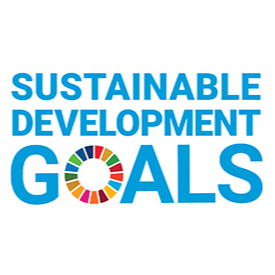
Three dimensions as a starting point
When Agenda 2030 was formed, it was based on three dimensions: social, environmental and economic. Many people believe that it is costly to make sustainable choices but the fact is that ventilation is a green investment, which goes hand in hand with both profitability and good health.
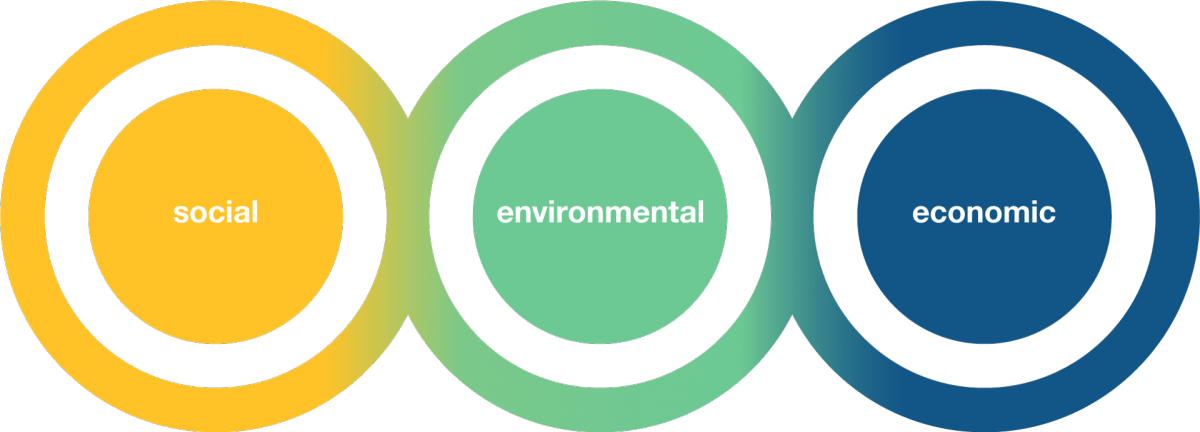
Social
Improved health through a good indoor climate
We spend more than 85 percent of our time indoors, which places tremendous demands on ventilation and indoor climate for our health and well-being. The decisive factors for an optimal indoor climate are air volume, air quality and temperature.
Many research studies indicate that these factors affect how we feel and perform dramatically. Our performance decreases by as much as 20 percent if the air temperature increases from 20 (optimal) to 25 degrees. At 30 degrees it drops by as much as 35 percent.
By replacing old air with fresh air from outside of the right volume, quality and temperature, we create a good indoor climate and thereby improve our health, performance and learning. Ventilation thus affects the social dimension of sustainable development.
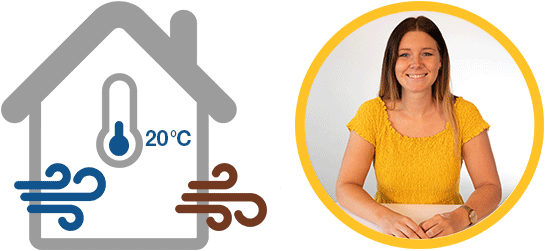
Environmental
Saves as much energy as 40 nuclear reactors
Today, as much as 40 percent of Europe’s total energy usage goes into buildings.
By using more efficient ventilation units, Europeans will reduce the total energy usage by 361 TWh, according to the European Commission. The efficiency improvements save as much energy as 40 nuclear reactors generate per year, and correspond to about the same amount as Sweden’s total energy use.
Consequently, investing in energy efficient ventilation contributes to the environmental dimension of sustainable development and helps us to combat climate change.
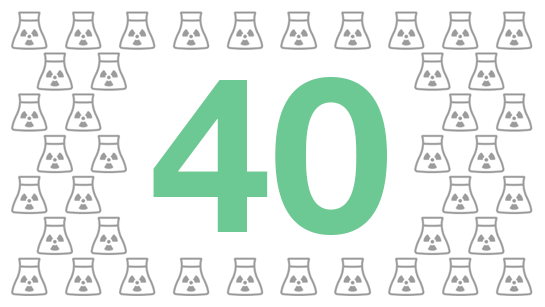
Economic
More energy-efficient ventilation is a profitable investment
According to the European Commission, the use of more efficient ventilation units will save EUR 26 billion annually.
If we break this large figure down into a genuine project, where a switch to more energy efficient air handling units is made, this results in an annual saving of 50 kWh/sqm. In the example, the AHUs supply an office building of 10,000 sqm. If the energy price is €0.1/kWh, this gives an annual saving of €50,000, which means that the property rises significantly in value.
Investments in energy efficient ventilation are profitable and contribute to the economic dimension of sustainable development.
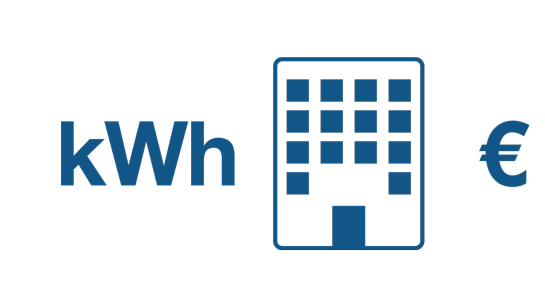
Hand in hand for sustainable development
In a broader perspective, the ventilation industry can be involved in influencing sustainable development based on social, environmental and economic dimensions.
With a good indoor climate, we improve our ability to perform, stay healthier and feel better. The ventilation industry can use its energy efficient products to reduce energy usage, which in turn helps to phase out fossil energy sources.
Green investments within ventilation go hand in hand with good health and profitability, which in a broader perspective contributes towards the realisation of our common goals in Agenda 2030.
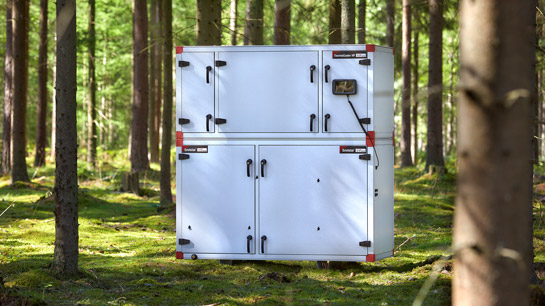
Others also read
What to consider when designing cooling in AHUs
What to consider when designing cooling
...The most profitable sustainability investment
When it comes to energy efficiency, discussions often lead to replacing windows, replacing lights or additional ...
Replacing AHUs: Calculate energy savings and payba...
An older ventilation unit that appears to be in good condition may be unexpectedly profitable to replace. It is ...
The advantages of using IV Produkt Cloud
View examples of how IV Produkt Cloud simplifies service, support and commissioning of our air handling units
